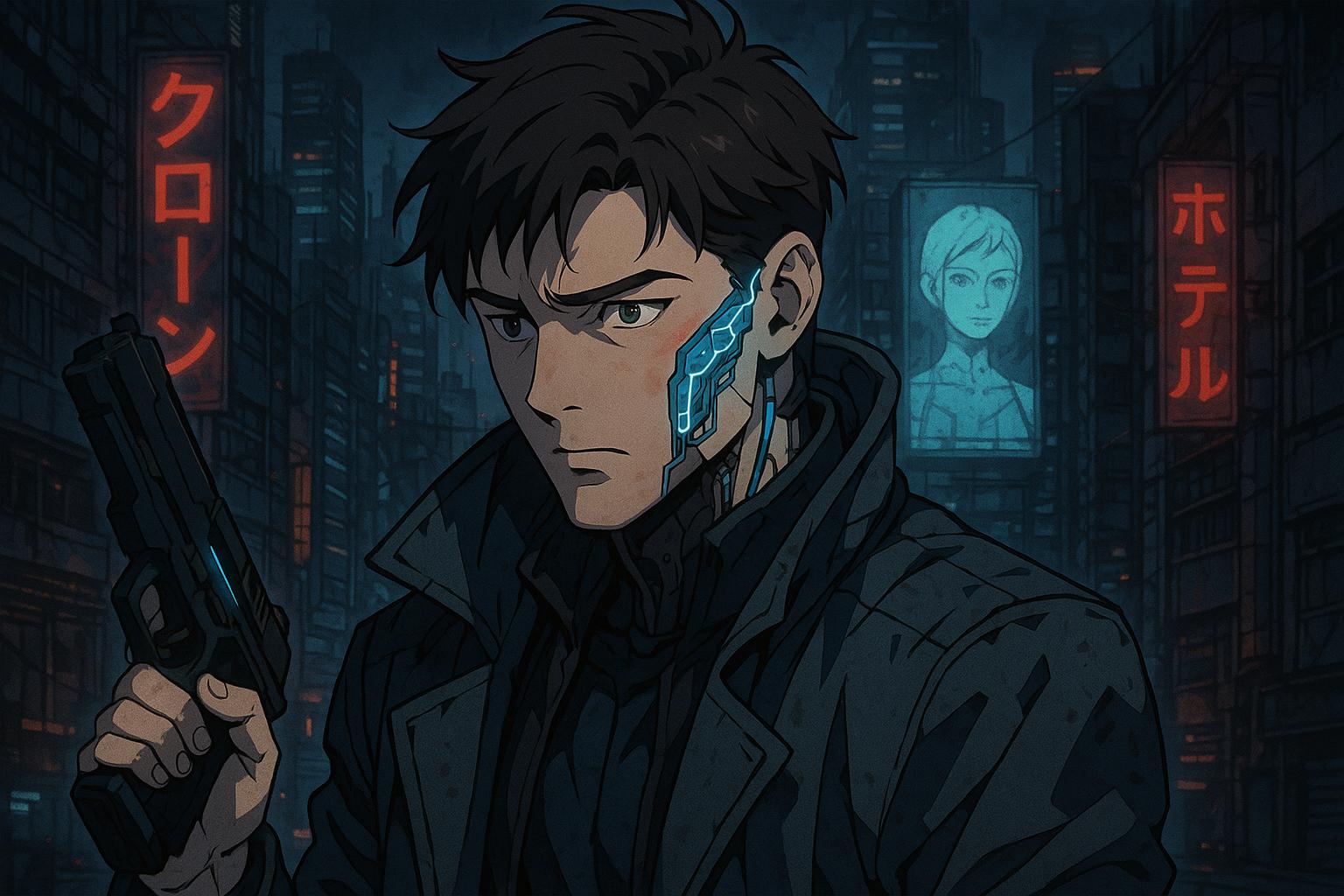The advent of artificial intelligence in filmmaking has hit a remarkable milestone with the release of Echo Hunter, a fully AI-generated short film that not only showcases cutting-edge technology but also features a completely unionised cast from SAG-AFTRA. Directed by Kavan Cardoza, this innovative project has sparked considerable discussion about the balance between traditional filmmaking and AI integration, and the ethical implications surrounding this evolution in cinema.
Echo Hunter, clocking in at just under 30 minutes, tells the story of a clone hunter grappling with his identity in a dystopian future, a theme that resonates deeply in today's world, particularly against a backdrop of rapidly advancing technologies. The film's narrative blends various influences, evoking memories of classics like Blade Runner, Ghost in the Shell, and The Matrix. This familiar storytelling, combined with AI-generated visuals, creates a unique fusion that both captivates and provokes thought regarding human and machine interplay. Despite its roots in familiar tropes, the use of AI models for every frame sets it apart from traditional productions.
The production utilised an AI model developed by Arcana Labs. The technology allowed filmmakers to input performance data, auditory prompts, and narrative guidelines, enabling the AI to take the lead in rendering visuals and crafting coherent scenes. This approach significantly reduces the resources typically required for film production, offering a compelling argument for smaller, independent creators who may struggle to secure extensive budgets, often exceeding hundreds of thousands for conventional projects. Notably, Arcana claims that such advancements could democratise the filmmaking landscape, allowing more voices to be heard without reliance on major studios.
In a significant departure from the standard narrative surrounding AI in creative fields, Echo Hunter includes a fully paid SAG-AFTRA cast, featuring actors like Breckin Meyer and Taylor John Smith, who lend their voices, performances, and likenesses to their AI-generated counterparts. This commitment to union representation underscores a vital alignment with industry standards, fostering discussions around both actor rights and the future roles of performers in an increasingly tech-driven landscape. While the film demonstrates that machine-generated visuals can enhance storytelling, it also reinforces the idea that human emotion and authenticity in performance are irreplaceable.
Kavan Cardoza, previously known for his viral AI-generated shorts like Star Wars: The Ghost Apprentice, has drawn on his expertise to create a narrative that challenges viewers to consider the implications of AI-generated content. The collaborative efforts of Cardoza, Arcana, and Phantom X not only highlight an innovative filmmaking process but represent a new frontier that may redefine creative norms.
Despite the promising benefits of greater accessibility through AI, concerns linger about the fate of traditional roles within the industry. As the production landscape evolves, the possibilities for independent filmmakers multiply, but so too do the questions regarding employment opportunities for those currently engaged in cinematic arts. While studios are unlikely to abandon conventional practices entirely, the trajectory towards AI integration is unmistakable and merits thoughtful consideration.
Ultimately, Echo Hunter stands at a crucial juncture in film history, embodying the dual promise and peril that AI presents. By merging human artistry with technological innovation, it sparks necessary dialogues about the future of filmmaking, while simultaneously proving that AI can complement rather than erase the human touch that makes cinema a profoundly engaging medium. The film exemplifies how, although AI might provide the building blocks for production, it is the expertise and emotional depth contributed by actors that render the final product truly compelling.
Reference Map:
- Paragraph 1 – [1], [2], [5]
- Paragraph 2 – [1], [3], [4]
- Paragraph 3 – [6], [7]
- Paragraph 4 – [2], [5]
- Paragraph 5 – [4], [6]
- Paragraph 6 – [1], [3]
- Paragraph 7 – [7]
Source: Noah Wire Services
